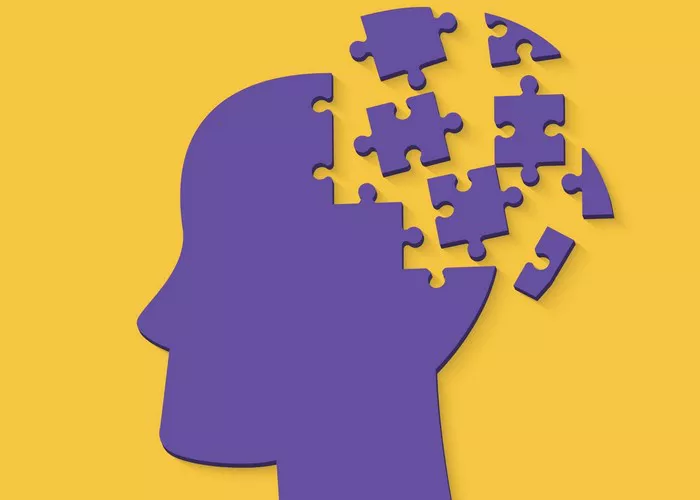A collaboration between MIT and Johns Hopkins University has yielded an artificial intelligence system that diagnoses Parkinson’s disease with 86% accuracy—up to seven years before clinical symptoms manifest—by analyzing nocturnal breathing patterns. Published in Science Translational Medicine, the study utilized a radar-like device resembling a Wi-Fi router that emits low-power radio signals to monitor subtle chest movements during sleep.
Parkinson’s has long lacked reliable early biomarkers, often being diagnosed only after irreversible neuron loss occurs. The team trained their AI on 12,000+ nights of breathing data from 757 Parkinson’s patients and 6,914 controls. The algorithm detected microscopic changes in breath rhythm, depth, and variability that correlated with dopamine depletion. These changes emerged years before motor symptoms like tremors, with the model’s predictive power improving with longitudinal data.
The implications are profound:
Drug Development: Earlier detection allows testing of neuroprotective therapies at stages where they might halt progression. Two clinical trials (NCT05633303, NCT05651282) are already using this tech to recruit pre-symptomatic participants.
Accessibility: Unlike MRIs or spinal taps, the $50 device requires no clinic visits. Plans are underway for FDA approval as a home monitoring tool by 2026.
Beyond Parkinson’s: Preliminary data suggest the system can differentiate between neurodegenerative diseases (e.g., Alzheimer’s vs. ALS) based on distinct respiratory signatures.
Critically, this addresses healthcare disparities. “Parkinson’s is underdiagnosed in rural and low-income populations due to limited specialist access,” noted co-author Dr. Rajesh Gupta. “This democratizes early detection.” Ethical frameworks are being developed alongside the technology to ensure responsible data use, as the system could theoretically predict other neurological conditions.
While further validation is needed, the breakthrough exemplifies how AI can extract health insights from passive signals. Future iterations may integrate with smart home systems to provide continuous neurodegeneration tracking, transforming how we approach age-related diseases.
You Might Be Interested In:
- USDA Overhauls Dietary Guidelines with Revolutionary “Food Matrix” Approach
- Antarctic Krill Emerges as the Next Superfood with Unprecedented Nutritional Benefits
- Global Consortium Establishes First Standardized Drug Allergy Registry

